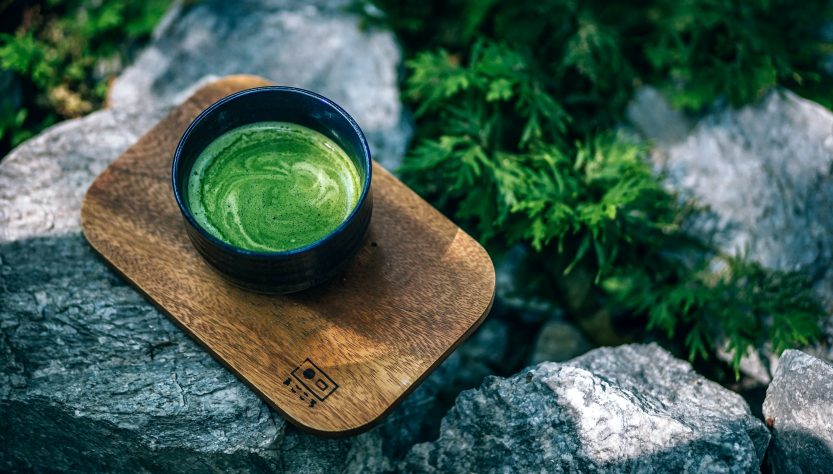Bana Rajab Ali
2nd grade-Pharmacy Department-TIU – Erbil
Matcha has resonated significantly recently, so much so that matcha is used in coffee and health food shops in lattes, tea solutions, and even desserts.
It is a finely ground powder of specially grown and processed green tea leaves originating in China and traditionally consumed in East Asia. It’s mostly produced in Japan today.
Camellia sinensis is a plant used for green tea and matcha, but it is grown differently and has a different nutritional composition when used for matcha.
When farmers want to use the green tea plant for matcha, they cover the tea plants with a special cover for 20 —30 days before harvesting to avoid direct sunlight.
This increases the amount of chlorophyll in the leaves, increases the number of amino acids, and gives the leaves a dark green color. After harvesting the tea plant leaves, the stems are separated from the leaves, which are ground very well until they become a powder.
Matcha contains all the tea leaves, which results in higher levels of caffeine and antioxidants; it also contains vitamins B2 and E, which increase the amount of collagen in the skin.
Research on matcha has shown some unique benefits, including:
- Protects the liver.
- Improves heart health.
- It helps in weight loss.
- Contains substances that prevent inflammation.
- Contains an amino acid (L-Theanine )that reduces stress
and balances cortisol, which causes acne and skin damage.
In the current market, matcha is named as a weight-loss tea, but this is a misconception. Rather, it is just an aid rather than a miracle it is named.
To get a good result from matcha, you have to pay attention to the quality of it because now there are a lot of types and low quality. A low quality has a bad effect, like diarrhea.
The powder is mixed with cozy water, not hot water, as it destroys its benefits.
Then, mix with a whisk. You can drink it with water or milk, but not cow’s milk, rather vegetative milk like oats, almonds, and coconut milk.
With cow’s milk, the benefits disappear because cow’s milk protein called casein prevents your body from absorbing antioxidants.
Reference:

